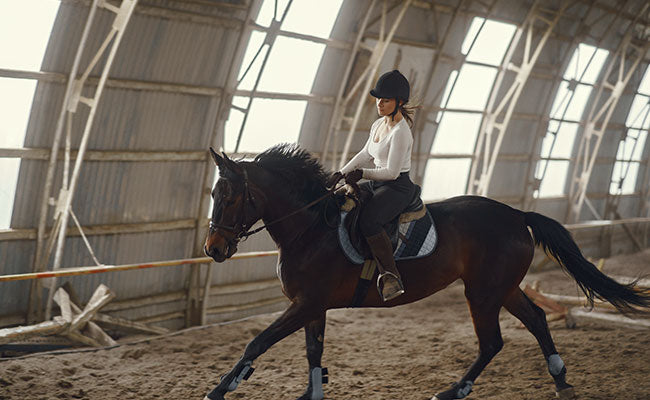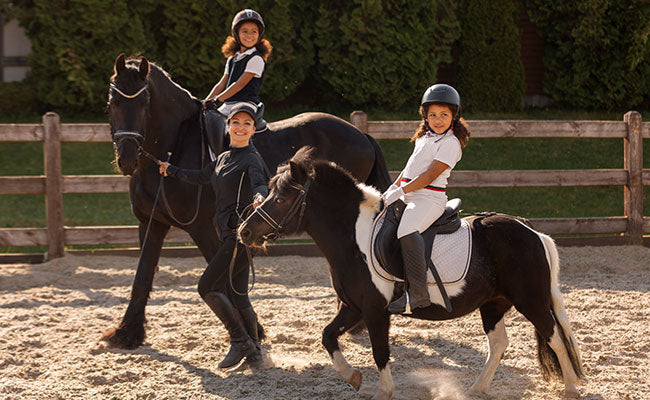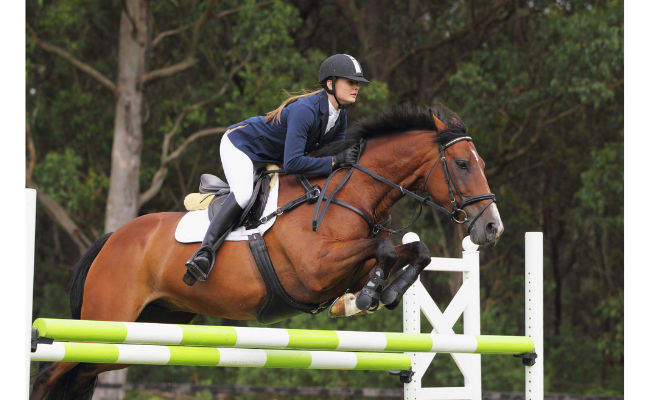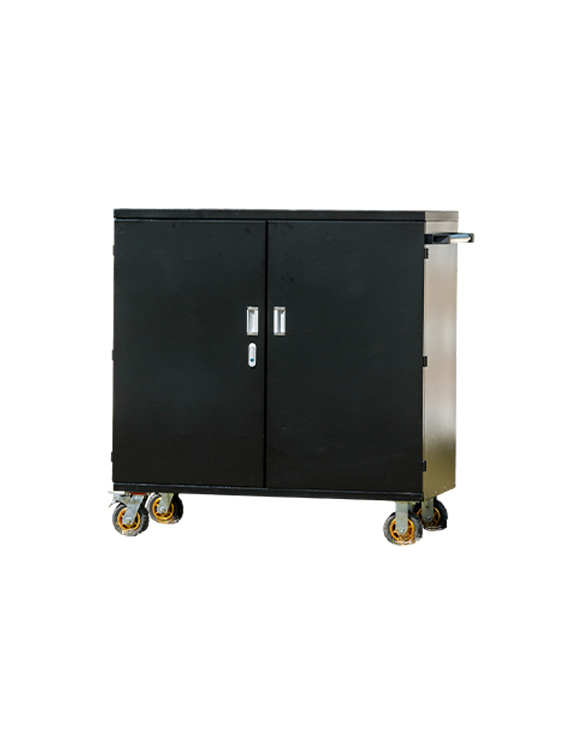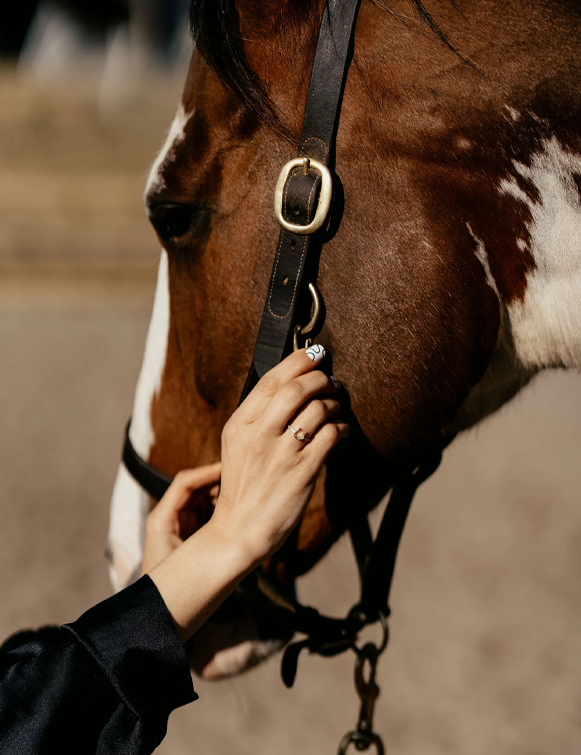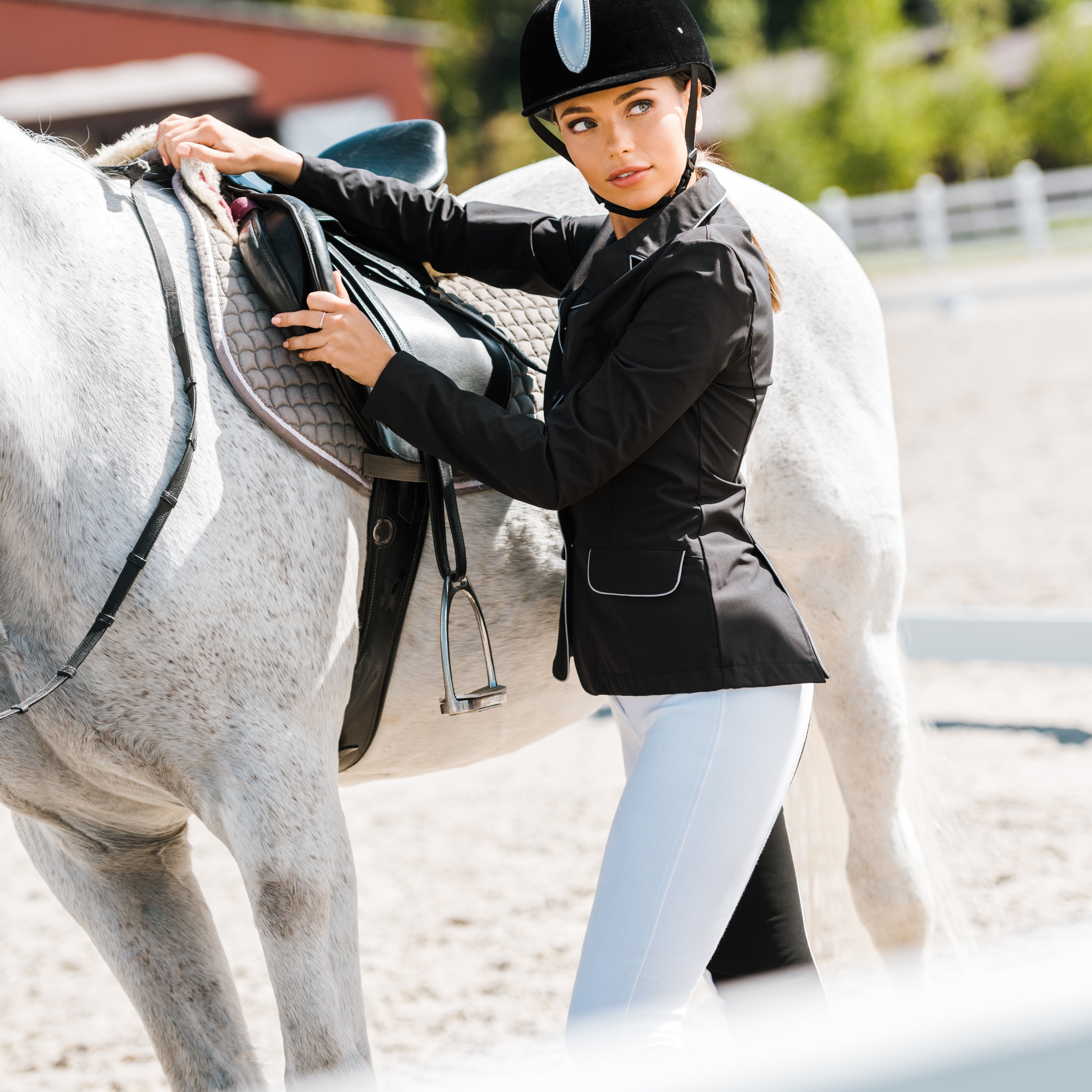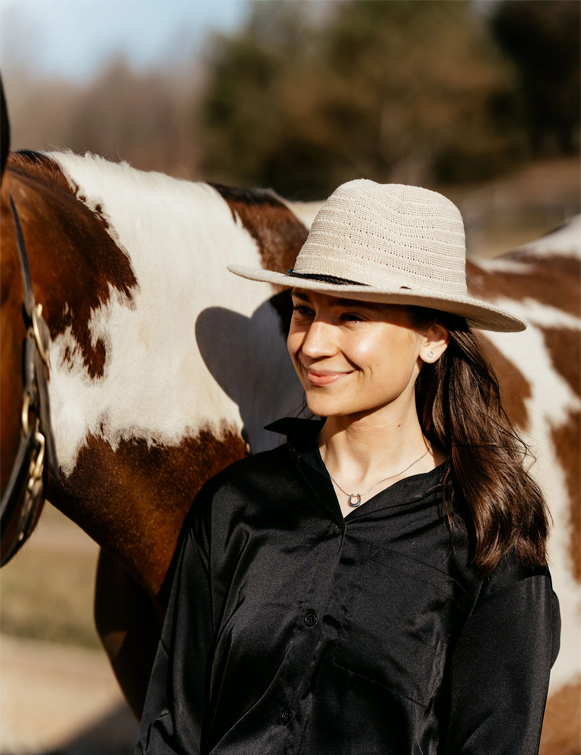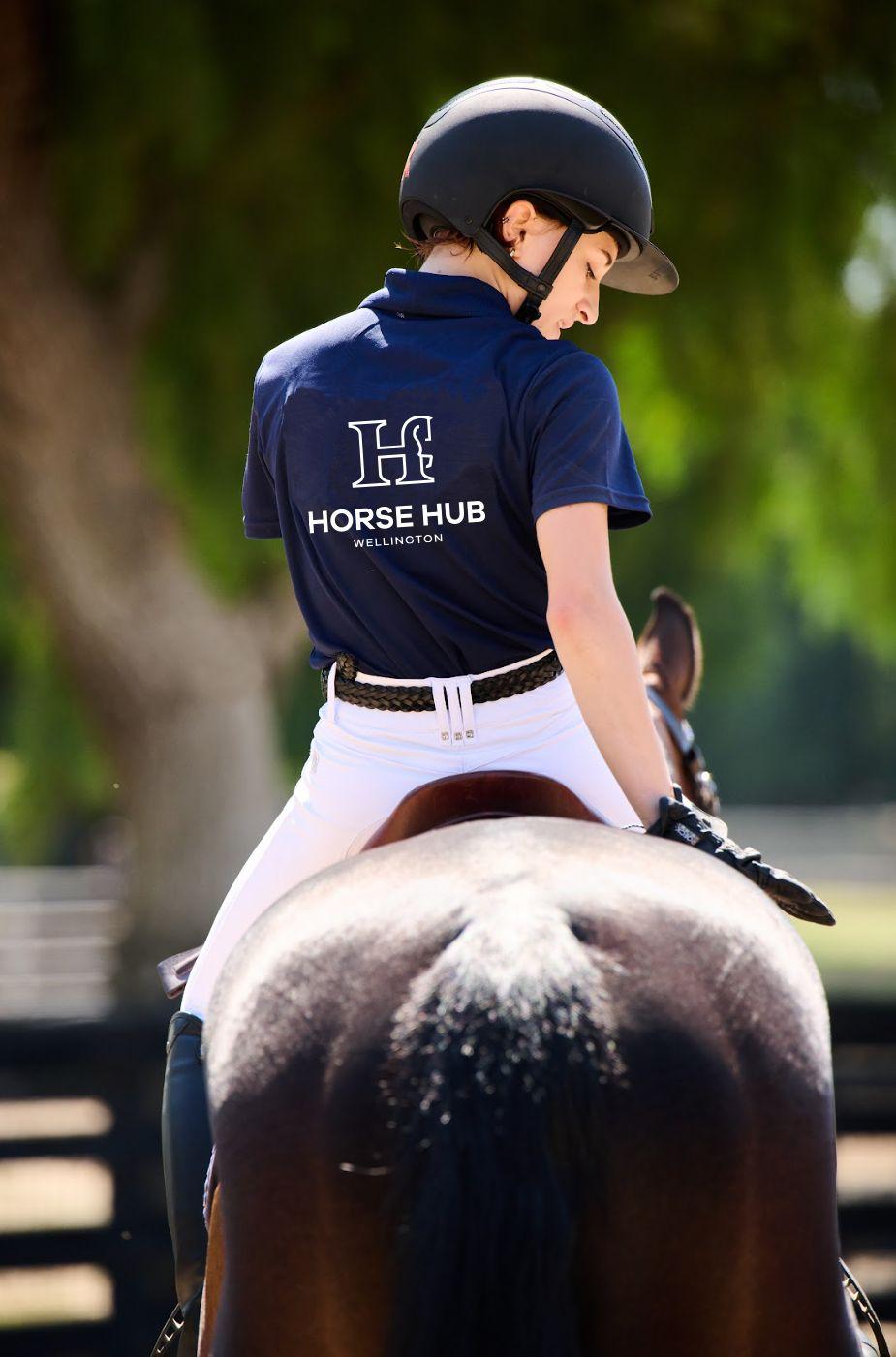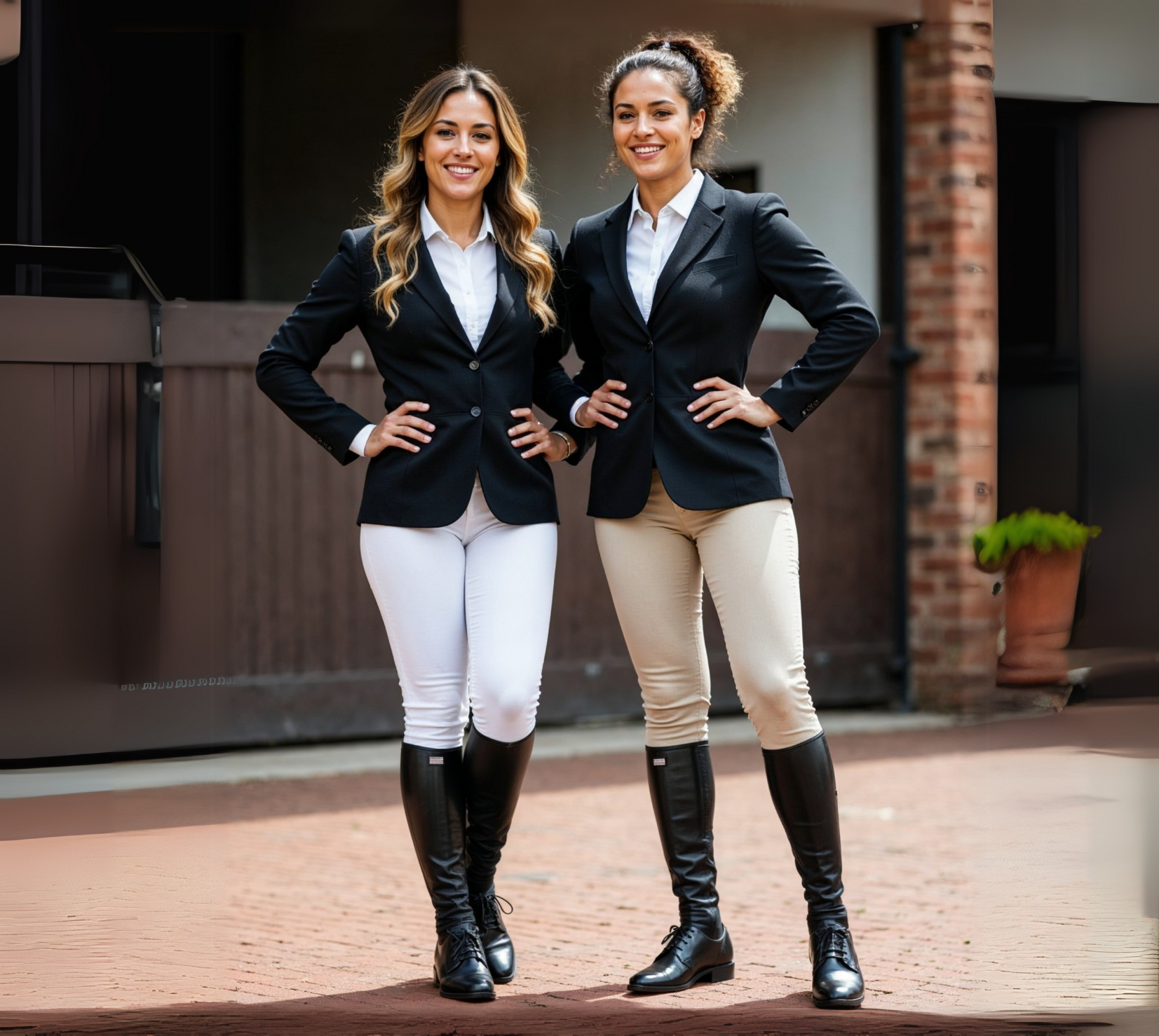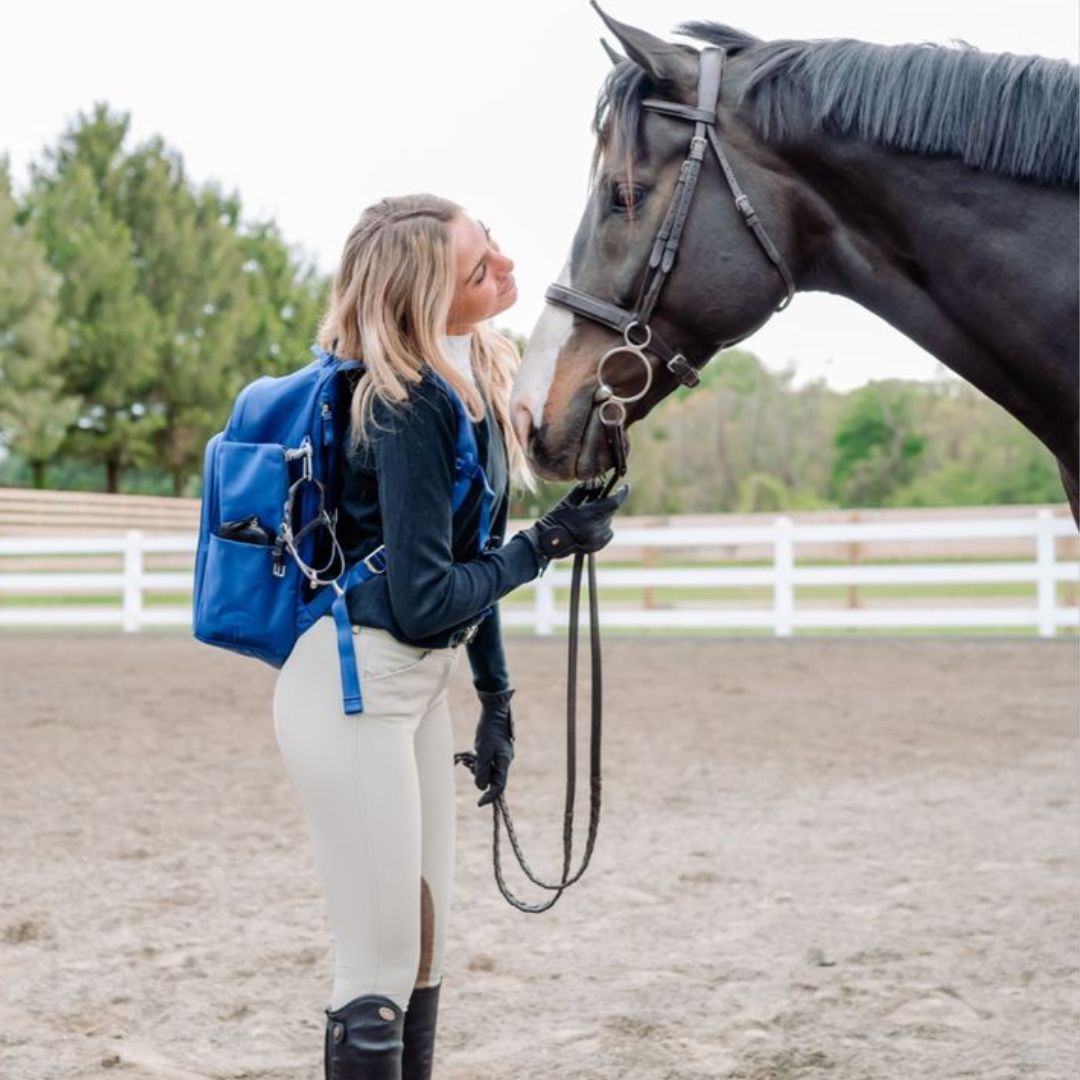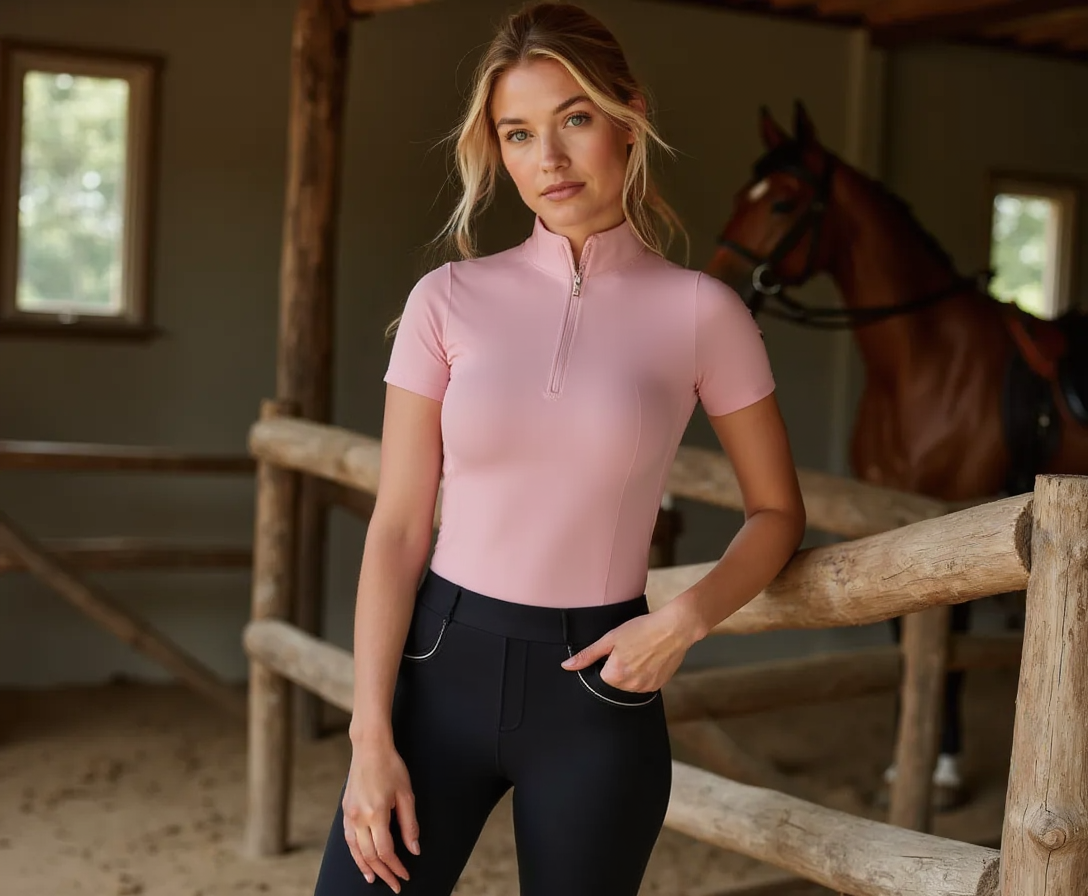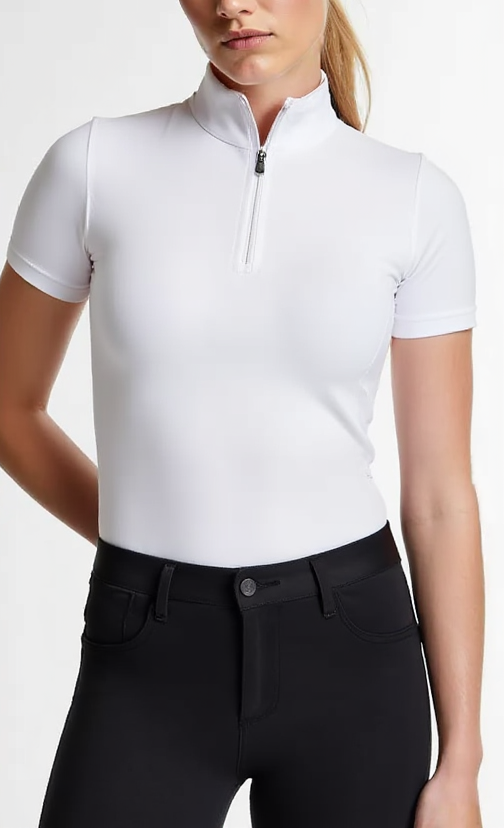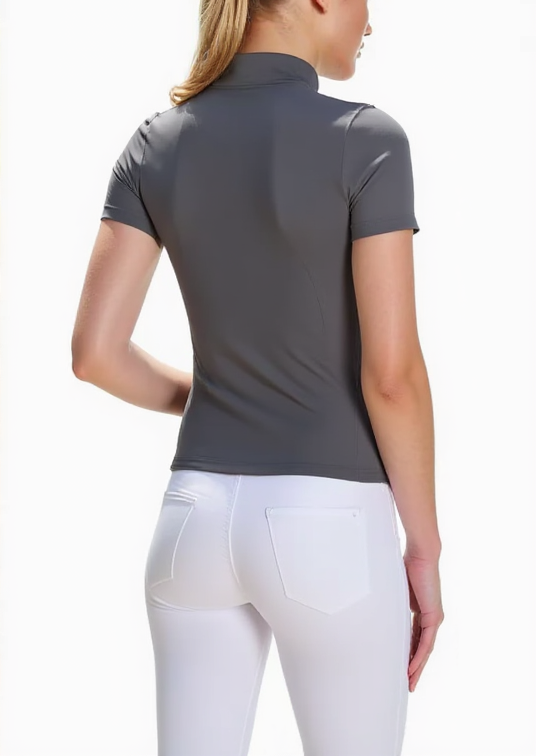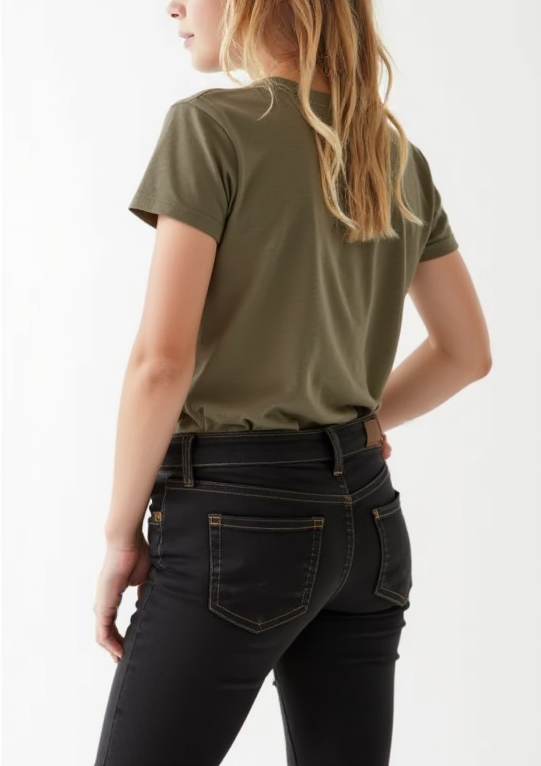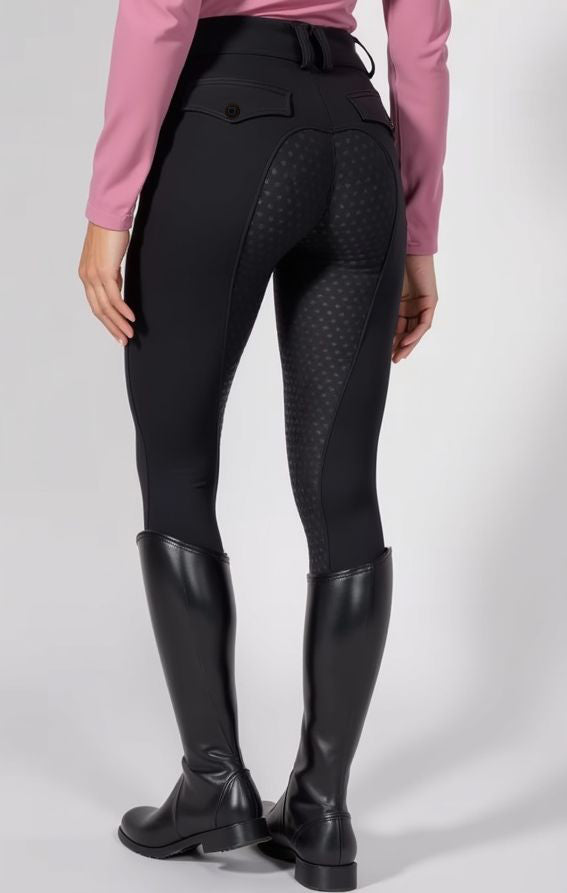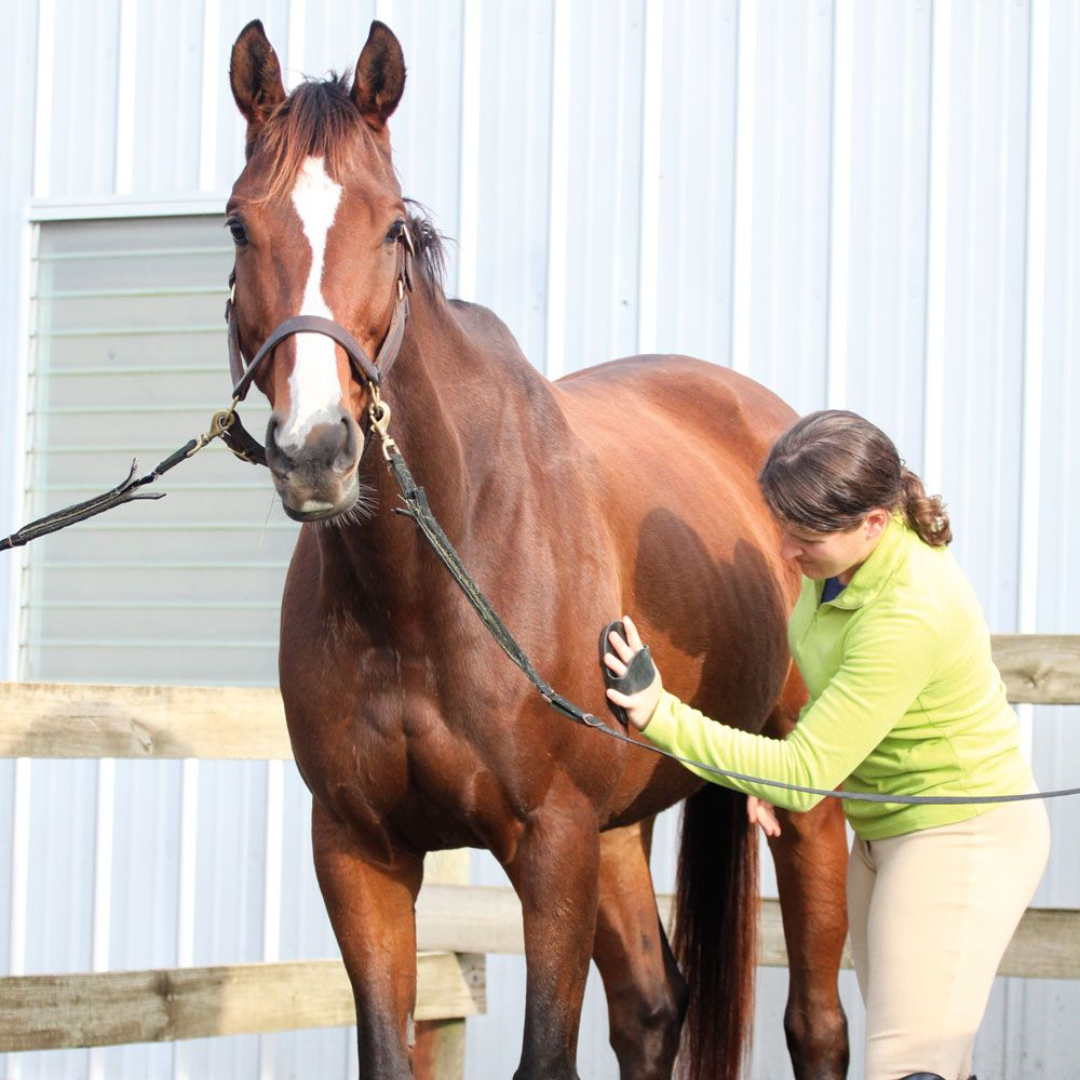
Easy Steps to Groom Your Horse Like a Pro
There’s something magical about standing in a sunlit barn, horse at your side, brush in hand, working through the coat until it glows. Grooming isn’t just about making your horse look good—it’s an act of care, connection, and health. Whether you ride for pleasure, compete, or simply enjoy spending time with your equine companion, knowing how to groom like a pro sets the foundation for a strong relationship and a horse in peak condition.
If you want your horse to feel relaxed, look radiant, and stay healthy, this guide will walk you through all the essential steps. You don’t need to be a professional groomer—just being consistent, gentle, and well-equipped will carry you far.

What Grooming Really Means
Grooming is far more than just brushing off dirt. It’s a way to inspect your horse’s body, check for injuries, stimulate circulation, and build trust. When you groom well, you help keep skin clean, coat shiny, hooves healthy, and mane & tail tangle-free. You also allow yourself to notice any cuts, swellings, heat, or other signs of discomfort early—before they become problems.
A well-groomed horse is more comfortable under saddle, less likely to develop skin irritations or infections, and more confident out in the field or at shows. Grooming also reinforces your bond: your horse learns that your touch is caring and predictable, which lowers stress and increases cooperation.
What You’ll Need in Your Grooming Kit
Before starting, make sure your toolkit is ready. Having the right tools, clean and in good condition, makes even basic grooming feel professional. A typical kit includes a curry comb (rubber or plastic), a stiff brush (often called a dandy brush), a soft body brush, mane and tail brush or wide-toothed comb, and hoof pick.
Additionally a couple of clean sponges or washcloths, a sweat scraper (helpful after bathing), detangling spray or conditioner for mane/tail, and possibly finishing touches like fly spray or coat conditioner. Also handy are towels, water or buckets, and a clean place to tie your horse or cross-tie safely. If tools are clean, dry, and stored neatly, they’ll last longer and work better.

Grooming Like a Pro: The Steps You Follow
Below you’ll find the natural flow of grooming, from tie-up to finishing touch. These steps mirror the rhythm professional grooms follow. Take your time with each, because rushing is what separates amateur from polished work.
Step 1: Secure Your Horse Safely
Begin by tying up your horse so both of you are safe. Use a halter and lead rope or cross-ties, secured with a quick-release knot. Always groom in a clean, calm, hazard-free space. A relaxed environment puts both you and your horse at ease. A nervous or fidgety horse makes everything harder, so this first step is key.
Step 2: Clean the Hooves
Start with the feet. Run your hand gently down each leg to cue the horse, then lift the hoof. Use a hoof pick to remove packed-in mud, stones, or bedding, being careful around the frog. Inspect each hoof for cracks, signs of thrush, heat, or tenderness. Many professional grooms apply hoof conditioner or oil at this stage, especially if hooves are dry or brittle.
Step 3: Curry the Coat to Loosen Dirt and Hair
Now move on to the body. Use a curry comb in small, firm circular motions, avoiding sensitive areas like the face, lower legs, and spine. This helps lift dirt, loose hair, and dried sweat to the surface. It also stimulates circulation and spreads natural oils that give the coat its healthy shine.
Step 4: Brush Away Dirt with a Stiff Brush
Switch to a stiff-bristled brush, also known as a dandy brush. Use short, flicking strokes to remove the debris raised by the curry comb. Always brush in the direction of hair growth. Use firmer pressure on muscular areas like the shoulders and hindquarters, and lighten your touch around the belly, flanks, and near joints.
Step 5: Smooth the Coat with a Soft Brush
Follow up with a soft body brush to remove fine dust and polish the coat. This is the step that adds the real shine. It’s also the most soothing for your horse, so take your time. Use long, smooth strokes over the body, and gently brush the face, ears, and belly. A soft brush can also be used on the legs, where stiff bristles would be too rough.
Step 6: Detangle the Mane and Tail
When the coat is clean, move to the mane and tail. Start by gently finger-combing through any tangles to avoid unnecessary breakage. Then use a wide-toothed comb or a mane and tail brush, always beginning at the bottom and working your way up. Use detangling spray if needed, especially for thick or knotted hair. For very dirty or tangled manes and tails, consider washing and conditioning before brushing.
Step 7: Clean Sensitive Areas
Next, address the delicate parts of your horse’s body. Use clean, damp sponges or washcloths to gently wipe the eyes, nostrils, muzzle, under the tail, and around the dock. It’s best to use separate cloths for different areas to avoid cross-contamination. These spots collect dirt, sweat, and bacteria easily, so regular cleaning helps prevent irritation and infection.
Step 8: Bathe if Needed
If your horse is particularly dirty, sweaty, or preparing for a show, a full bath may be necessary. Wet the coat gradually, using warm water if possible. Apply horse-safe shampoo, lathering gently into the coat, mane, and tail. Rinse thoroughly to remove all residue—leftover soap can cause itching or dullness. After rinsing, use a sweat scraper to remove excess water, then towel dry or let the horse air dry in a shaded, well-ventilated area.
Step 9: Apply Finishing Touches
Wrap up your grooming session with protective and polishing products. Fly spray is essential in warmer months or buggy areas. If your horse has pink skin or light-colored patches, consider applying sunscreen to reduce sunburn risk.
Many riders also use coat conditioners or shine sprays at this stage to give the coat a polished, show-ready glow. If you're prepping for an event, add final flourishes—like wiping the face with a soft cloth, brushing off saddle pads, or cleaning boots for an all-around neat presentation.
Common Mistakes & How to Avoid Them
Even people who groom regularly make small mistakes that reduce comfort, cause irritation, or lead to problems later. Spotting and avoiding these is part of grooming like a pro.
One major mistake is rushing. Skipping parts or hurrying through them means you’ll miss small injuries, irritations, or dirt in tricky places. Horses don’t like surprise rough brushes in sensitive spots; they prefer slow, gentle work.
Another error is using the wrong tools in the wrong places. Curry combs or stiff brushes used on legs, face, ears, or soft skin can cause discomfort or even injury. Always save gentler tools for those spots.
Not cleaning the grooming tools themselves is also a problem. Dirty brushes spread bacteria, irritation and can pull hair roughly. Washing or cleaning brushes, changing sponges, and keeping everything dry helps prevent problems.
Skipping hoof care or ignoring hoof cracks, stones, or smells can lead to lameness or infection. Prioritize hoof cleaning every grooming session.
Bathing too frequently or using harsh shampoos can strip oils from the coat and irritate the skin. Only bathe when necessary, and always use horse-safe products.

Extra Tips to Groom Like a Show Groom
If you want that polished, show-ring look, there are a few finesse touches professionals use. After the routine grooming, using a damp cloth (or baby wipe) to wipe down muzzle, eyes, ears, and legs gives a crisp, clean finish. Shine comes from detail.
For stains (especially on white markings or light coats), gentle stain removers or special whitening shampoos work well. Be careful to rinse thoroughly. Using a whitening balm or paste can help with those stubborn yellowish stains in the white areas of the coat or legs.
Cleaning tack and saddle pads as part of grooming helps with overall presentation. Dirty saddle pads can rub skin and cause discomfort, and they detract from the polished appearance. Fly masks, sheen finishing sprays, or coat conditioners used just before showing can add gloss and smoothness.
Consistency is key: doing grooming regularly (daily or every other day) keeps the coat and skin healthy. When grooming is regular, the coat doesn’t get overly dirty, manes stay manageable, hooves naturally shed debris, and many problems are caught early.
How Often & When to Groom
Grooming should ideally be part of your daily or near-daily routine. Even on non-ride days, doing a quick groom (hooves, a brush over, checking body) keeps things healthy. After workouts, your horse often needs grooming to remove sweat, prevent skin irritation, and allow cooling.
Weather and season affect grooming frequency: in muddy or wet conditions, coats get dirty more often, winter coats trap more dirt, and shed hair. Spring and fall (shedding seasons) require more attention with tools that help remove loose hair.
Before riding or before the show is non-negotiable: clean coat, cleared hooves, clean tack area all around. Nothing beats a fresh, clean surface under the saddle for comfort and preventing chafing.
Health & Bonding Benefits of Proper Grooming
Grooming is a health check in disguise. While working, you can notice swelling, heat, cuts, insect bites, or skin irritation that might otherwise go unseen. Early detection prevents serious issues.
It’s also relaxing for many horses: gentle strokes, attention to favorite spots (withers, neck, shoulders), and calm tones reduce anxiety and build trust.
By touching your horse daily, you communicate care and attention. Over time, this deepens your partnership, and your horse will learn to enjoy and expect grooming as a positive experience.

Conclusion
Mastering horse grooming isn’t just a chore—it’s a ritual that brings you closer to your equine friend and ensures they stay comfortable, healthy, and looking their best. Follow the steps above consistently, be patient, and pay attention to your horse’s reactions. With practice, grooming will become a highlight of your routine, a moment of calm connection in your busy days.
Ready to start? Gather your grooming kit, find a quiet spot, and enjoy the magic of making your horse shine like the champion they are.

